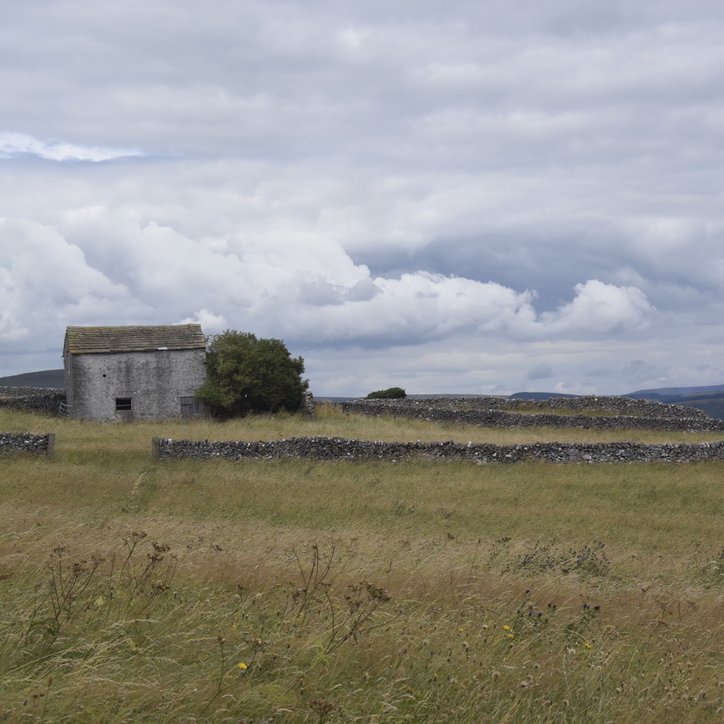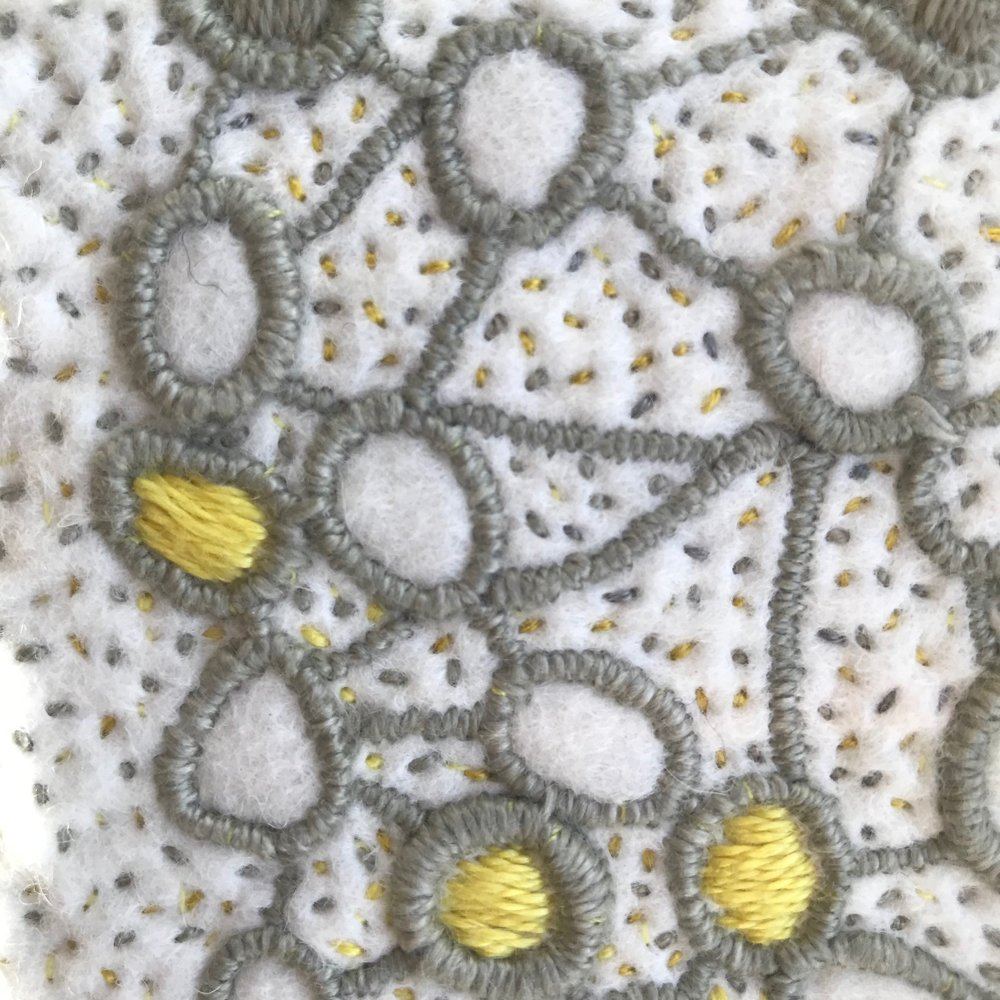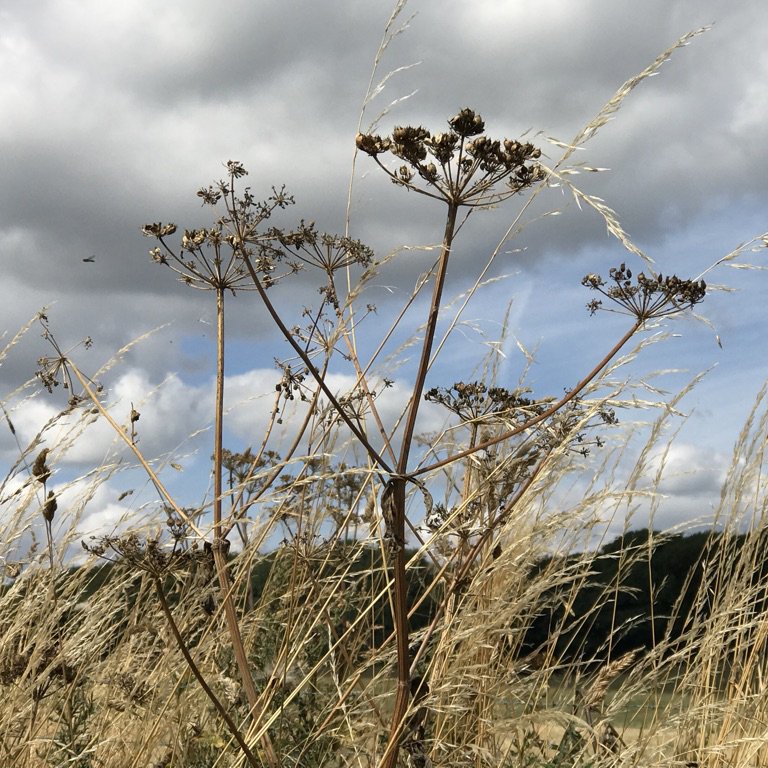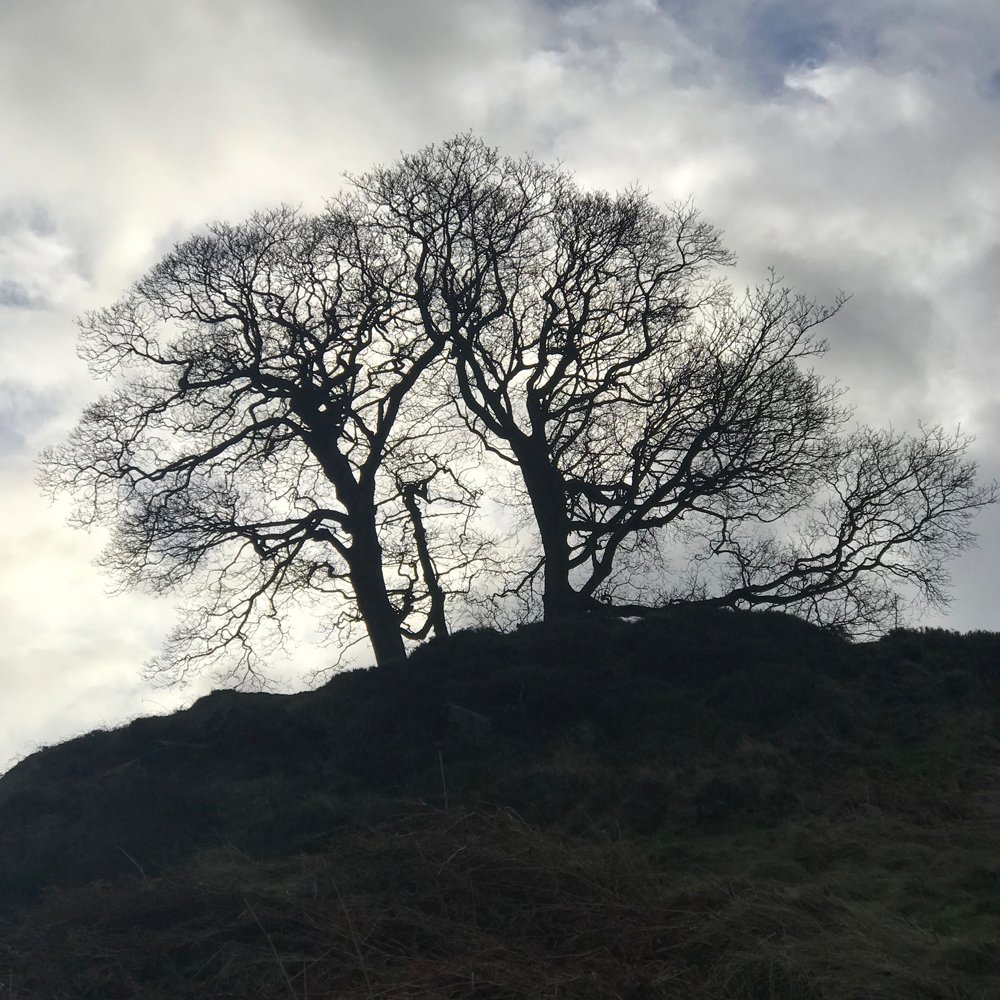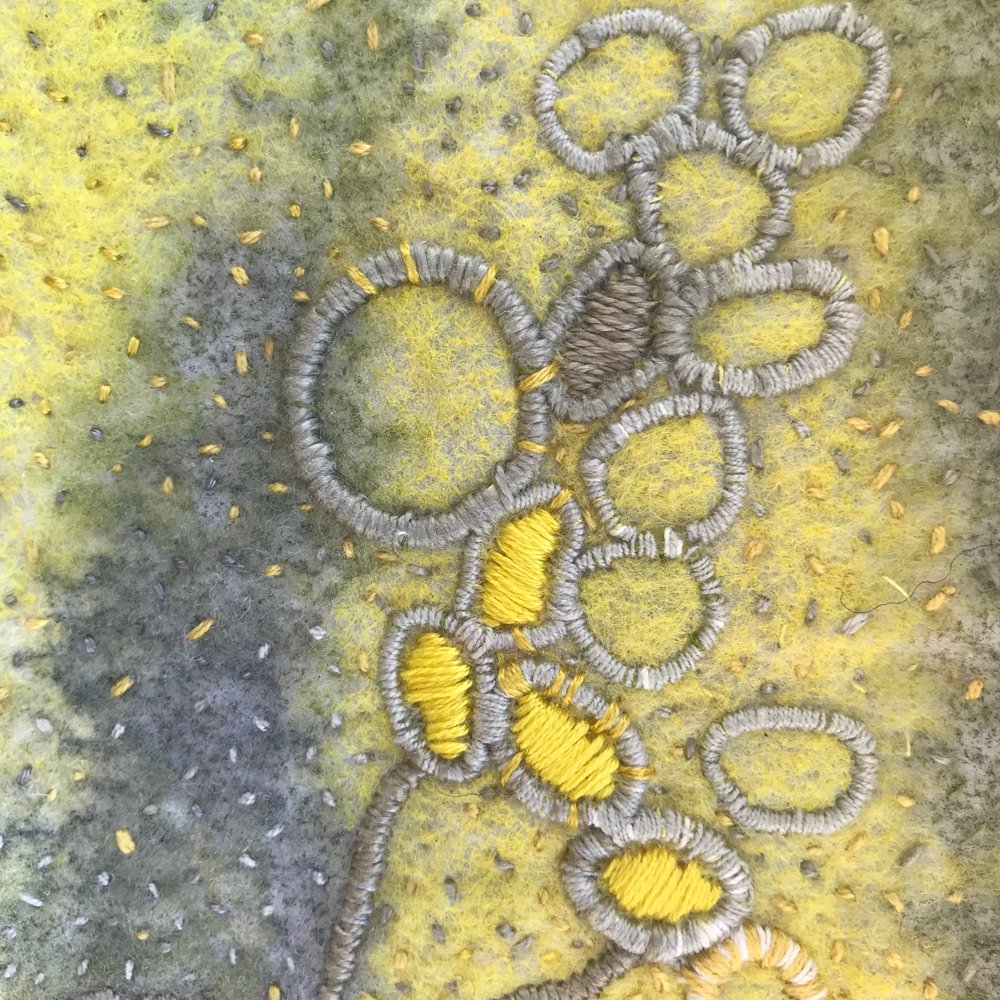An interview with Helen Parrott
I am delighted that textile artist Helen Parrott will be teaching in my studio this spring but wanted to know a little bit more about her work and the course she will be teaching ‘Northern Landscapes and Hand Stitch’. So I asked Helen a few questions and hope that you enjoy reading her answers. She also sent some lovely images of her recent work and inspirations - eye candy on a somewhat bleak, cold winters day here in Northern England.
Q. What is it about the landscape surrounding your home in northern England that inspires your work?
Helen: There is great beauty and interest in so much of what is around me on several levels:
I moved north over 40 years ago and still find the landscape fascinating and so different to where I grew up in Cambridge. Initially it was the urban landscapes of mills, factories, terraced houses and grand Victorian buildings in places like Leeds and Manchester that excited my curiosity. I spent years walking the cities of the north seeking to understand what I was seeing and how it came to be and look that way. I moved uphill to the edge of Sheffield in the 2000s and that is when more rural landscapes became part of my daily life. I still love to walk to town along the Porter Valley will its long unused millponds and traces of previous industry.
At this altitude the landscape is constantly changing, sometimes from moment to moment, sometimes boldly, at other times the changes are very subtle. The light is often unstable, fleeting and beautiful. (Taking daylight photos of my work can be a real challenge at some times of year because the light is so unstable.)
The landscape around here has a deep history of human occupation over millennia. The traces of these peoples and their lives are still visible in the landscape in the present day. I find that sense of continuity and connection with people over time a powerful one. These feelings of connection and continuity have been helpful to me as we live through the pandemic and the changes it has brought to our lives.
I love the wide valley vistas, the stone walls and the tiny details of the plants and trees. They all feed into my visual and creative life and work.
Q. How might running the course in a more urban setting influence the students experience?
Helen: I hope that the urban location will be thought provoking for all of us and that we can explore the idea of ’north’ as part of the course. We will each have our own experiences and ideas to share so I look forward to a lively conversation. I’d like students to go home with a clearer sense of what ‘north’ or ’northern landscape' means to them personally and why. For those that wish to take an exploration of north further my aim is to support that direction, including by recommending artists, images and writings to research.
Q. How will you combine the creative work that forms part of the course with providing one-to-one coaching/mentoring for the participants?
Helen: The way this usually works is that we spend the first day or so getting to grips with the theme, doing some collages and then working through some key hand stitch techniques. People love to get to the hand stitching! I then begin one to one conversations with students. Usually it works out that one or two people are very keen to talk early on, others prefer to wait a bit. I’d expect to have at least one coaching conversation of 20-30 minutes with each student on each of the two weekends. The actual length of each conversation varies, it depends a bit on the people, the size of the group and how the teaching and group discussion goes.
These are confidential conversations so we may sit in a quiet space or walk round the block, it depends on what people prefer (and the weather). I aim 'to meet people where they are' so conversations can be very broad, or very focussed, it depends. This is about supporting the student and their creative journey. Previous topics have included developing a portfolio of work to apply for a course, planning an exhibition or body of work, how to ‘make better work,' how to manage time, getting a studio and so on. I’ve been an artist, coach/mentor and arts manager/leader for over 20 years so have a wealth of experience to draw on.
Q. You have combined creative development with individual coaching time in workshops in the past, in your experience who might benefit most from this approach?
Helen: This is a good question - in my experience coaching can be really helpful when people can’t see the creative wood for the trees. It can help bring clarity and focus to art and creativity, support individuals to develop a plan and create ways forward for their creativity that suit their lives and circumstances.
Northern Landscape with Hand Stitch runs over two weekends to enable students to have time to work on their own and to reflect in between the two sessions. At the end of the first weekend students will go home with ideas to explore before the second weekend. The first session is Friday 8th to Sunday 10th April and the second session is Saturday 14th and Sunday 15th May. There are still places available on this course; you can find more information here.
Helen has a wealth of experience supporting artists. If you are worried about whether the course is right for you please contact me here and I’ll put you in touch with Helen. Spending time with like minded people, working and making art in a lovely space, can be a real boost to morale and confidence. I hope you’ll join myself and Helen in April and May.

